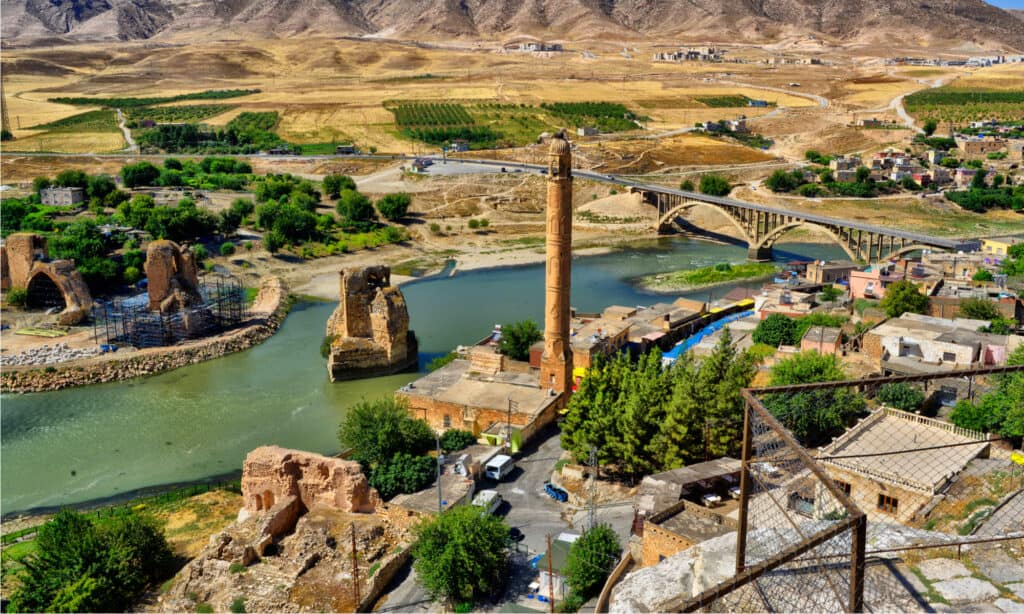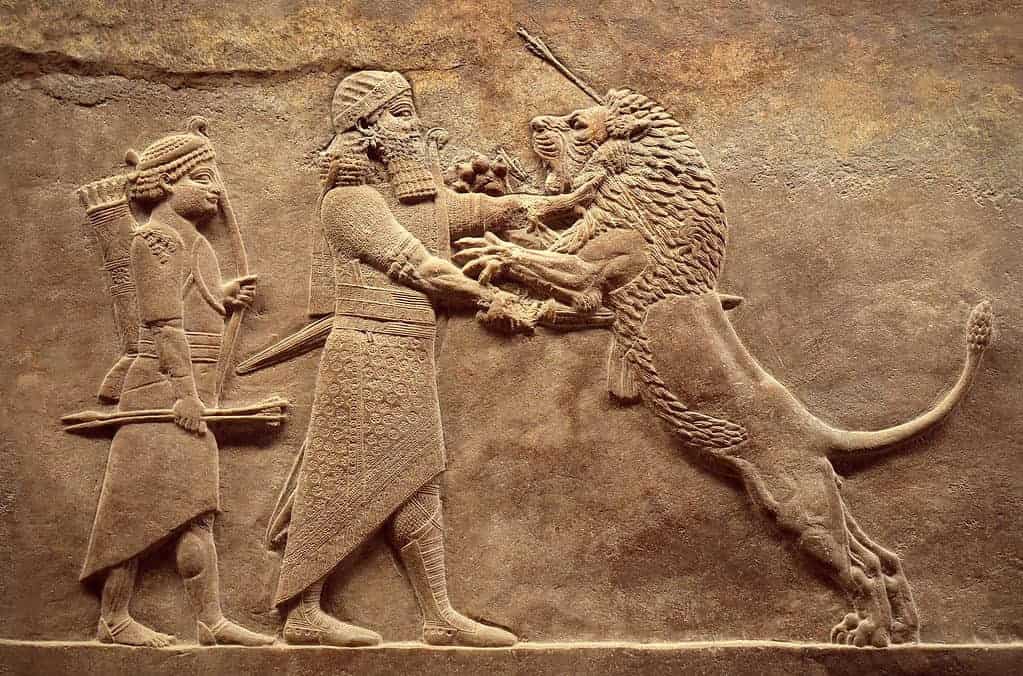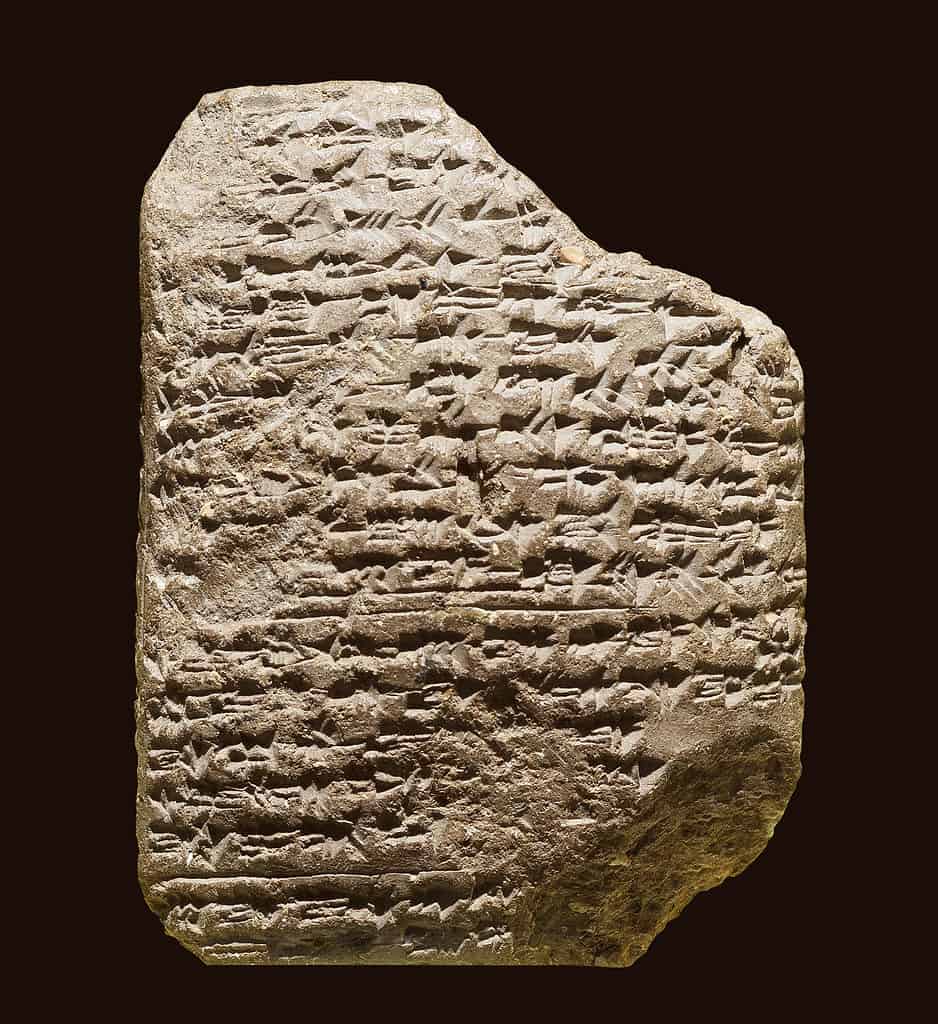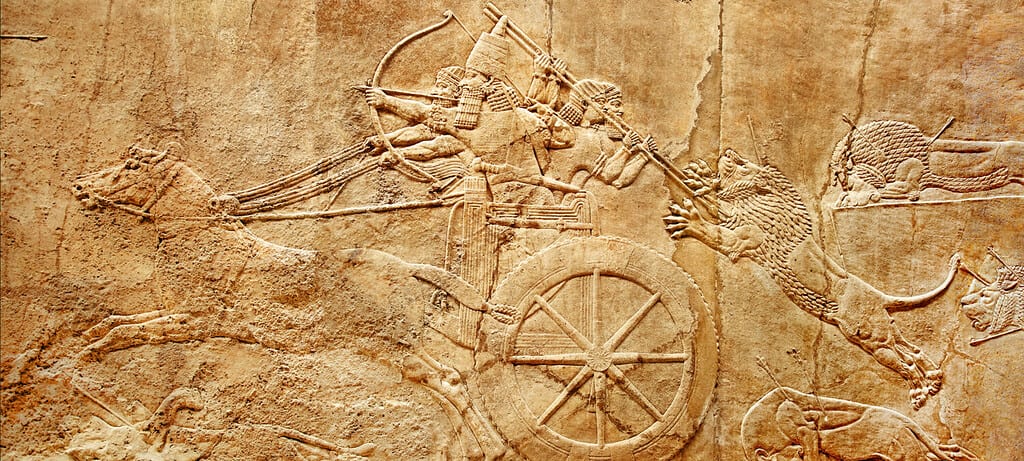Discover the Widest Point of the Tigris River
If you recall elementary school, you might remember hearing about “the cradle of civilization.” Along the banks of the Tigris and Euphrates rivers, agriculture was born. This space was also known as The Fertile Crescent. The history of the Tigris River is closely intertwined with the history of the civilizations that have developed along its banks. Let’s explore the area’s history and understand the widest point of the modern Tigris River.
The Tigris River’s Widest Point

©Sanatkar/Shutterstock.com
The Tigris River flows through modern-day Iraq and parts of Turkey and Iran. It is approximately 1,850 kilometers (1,150 miles) long, shorter than the Euphrates River.
The Tigris River begins in the Taurus Mountains in eastern Turkey, formed by the confluence of the Eastern and Western Tigris rivers. It then flows southward into Iraq before joining the Euphrates River in the southern part of the country.
The widest part of the Tigris River is found in its lower course, primarily within the region of south Iraq. The Tigris widens considerably as it approaches its connection with the Euphrates River. The specific width of the Tigris can vary depending on factors like the season, water levels, and local geography. During the spring, the river can expand further when the snowmelt and rains contribute to increased water flow.
The river can span several kilometers in width in sections of the lower Tigris, particularly near its meeting point with the Euphrates. In these broad, marshy regions, the Tigris and Euphrates rivers form a vast alluvial plain known as the Shatt al-Arab, which eventually flows into the Persian Gulf.
The widest part of the Tigris River is in the Mesopotamian Plain in Iraq, where it can reach a width of up to 230 kilometers. This is due to the flat terrain, and several tributaries feed the river in this area.
A Brief Overview of Ancient Mesopotamia’s History

©Viacheslav Lopatin/Shutterstock.com
The Tigris River was vital in developing one of the world’s earliest and most advanced civilizations, Mesopotamia. Mesopotamia means “the land between two rivers,” referring to the Tigris and Euphrates. The earliest urban centers, such as Sumer, Akkad, and Assyria, developed along these rivers around 3500 BC. These civilizations relied on the Tigris for agriculture, transportation, and trade.
Often called the “cradle of civilization,” Ancient Mesopotamia encompassed the region between the Tigris and Euphrates rivers, located in present-day Iraq, southeastern Turkey, and parts of Iran and Syria. Here are some key aspects of ancient Mesopotamia:
Geography
The Tigris and Euphrates rivers provided fertile soil and water for agriculture. However, these rivers were also prone to flooding, which influenced the development of complex irrigation systems.
City-states
Mesopotamia was characterized by city-states, each with its own ruler and government. The most prominent city-states included Ur, Uruk, Nippur, Lagash, and Babylon. These cities were often in competition or conflict with one another.
Writing and Cuneiform

©Dima Moroz/Shutterstock.com
The Sumerians, one of the earliest inhabitants of Mesopotamia, developed one of the first writing systems in the world, known as cuneiform. Cuneiform involved inscribing symbols on clay tablets, and it was used for record-keeping, literature, and communication.
Agriculture
Agriculture was the backbone of Mesopotamian society. The people of this region cultivated crops like barley, wheat, dates, and various vegetables using irrigation systems. The invention of the wheel and the plow were significant technological innovations that aided farming.
Religion
Mesopotamians had a polytheistic religion with numerous deities, such as Anu (the sky god), Enlil (the god of wind and storms), and Inanna (the goddess of love and war). Ziggurats, massive stepped temples, were built to honor these gods.
Law and Government
The Code of Hammurabi is among history’s earliest known legal codes. Hammurabi’s Code, in particular, is well-preserved and contains various laws and punishments for different offenses.
Mathematics and Astronomy
Mesopotamians contributed significantly to mathematics, including developing a base-60 numbering system that influences our time measurement and angles. They also studied astronomy and created a lunar calendar.
Trade
Mesopotamia’s location made it a vital center for trade. It was situated at the crossroads of ancient trade routes, facilitating the exchange of goods, ideas, and cultures.
Conflict and Empires

©Viacheslav Lopatin/Shutterstock.com
The region experienced constant conflicts and power struggles. Various empires, such as the Akkadian Empire, the Babylonian Empire, and the Assyrian Empire, rose and fell, each leaving its mark on Mesopotamian history.
Decline
By the 6th century BC, the Persian Empire, under Cyrus the Great, conquered the region, ending Mesopotamian city-states. Later, Alexander the Great’s conquest and the Hellenistic period significantly impacted the region’s culture.
The history of ancient Mesopotamia is rich and complex. Its legacy is clear in various aspects of modern society, including writing systems, legal traditions, and architectural influences.
Islamic Period
With the rise of Islam in the 7th century AD, the Tigris River became significant in the history of Islamic civilization. Baghdad, founded in 762 AD by the Abbasid Caliph Al-Mansur, became an important center of learning and culture on the Tigris.
Ottoman Rule
In the 16th century, the Tigris region came under Ottoman control, and the river played a role in Ottoman administration and trade.
Modern Times

©Nina Assam/ via Getty Images
In the 20th century, the Tigris River was the source of political tension, mainly due to the construction of dams and water management issues. The construction of the Mosul Dam in the 1980s and later the filling of the Ilisu Dam in Turkey have raised concerns about water resources and access for downstream countries, particularly Iraq. Today, the Tigris River remains a significant waterway vital to the region’s history and geopolitics.









